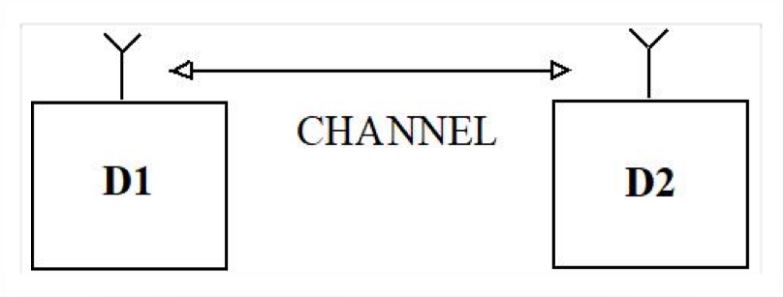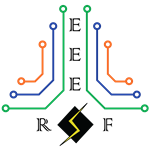|
click to home
Device to Device Communication
The need of the future generation is higher data rates at low cost with good quality of service (QoS). Internet of Things (IoT) is the most buzzing topic and is regarded as
"the infrastructure of information society". Any physical devices, vehicles, or any other item having electronic circuits, software and network connectivity embedded in it,
can form a network. They would be able to interchange data thereby creating a smart system. Such mobile ad-hoc networks can help in easing the network congestion and also
help in security and safety applications.
IoT has come into existence due to the convergence of several technologies varying from wireless communication to the Internet. It requires diverse fields
like embedded systems, control systems, wireless sensor networks, automation etc. It has been estimated that by 2020, more than 30 billion devices would be
connected to IoT. Home automation is also looking to imbibe IoT. There are widespread applications of IoT like security purpose, medical and healthcare
systems, home and industrial automation, transportation system management etc. IoT would become an integral part of our lives. To implement IoT, devices
need to interact with each other. For this purpose channel models should be designed which would be able to cope up with the dynamic environment. Thus
devices need to communicate which each other which is known as device-todevice (D2D) communication. Various types of D2D communication are possible
like mobile-to-mobile (M2M), vehicle-to-vehicle (V2V), air-to-ground (A2G) and underwater vehicle-to-underwater vehicle (UV-to-UV) communication. All
communication requires a medium or a channel through which data transmission can take place. The channel requirements for each of them are different due
to the different propagation scenarios. It would be different from the traditional channel requirements of mobiles (fixed-to-mobile communication).
 D2D communication can have moving nodes with single or multiple antennas. To increase the coverage distance we can have intermediate nodes which work as
relays known as cooperative D2D communication. Thus various topologies are possible. Many channel models are being implemented and their performance analysis
are being done to incorporate them into D2D communication.
D2D communication can have moving nodes with single or multiple antennas. To increase the coverage distance we can have intermediate nodes which work as
relays known as cooperative D2D communication. Thus various topologies are possible. Many channel models are being implemented and their performance analysis
are being done to incorporate them into D2D communication.
In this figure, the two mobile nodes are D1 and D2 which are communicating with each other. This is a simple example of D2D communication. There are lots
of challenges in this field due to low height of the antennas, mobile nature of both the nodes, device size limitations and power consumption constraints.
Keeping all constraints into mind, channel model needs to be developed.
Anirban Bhowal
Research: Wireless Communication (Communication Lab-1)
Email: abhowal@iitg.ac.in
|
 |
|
